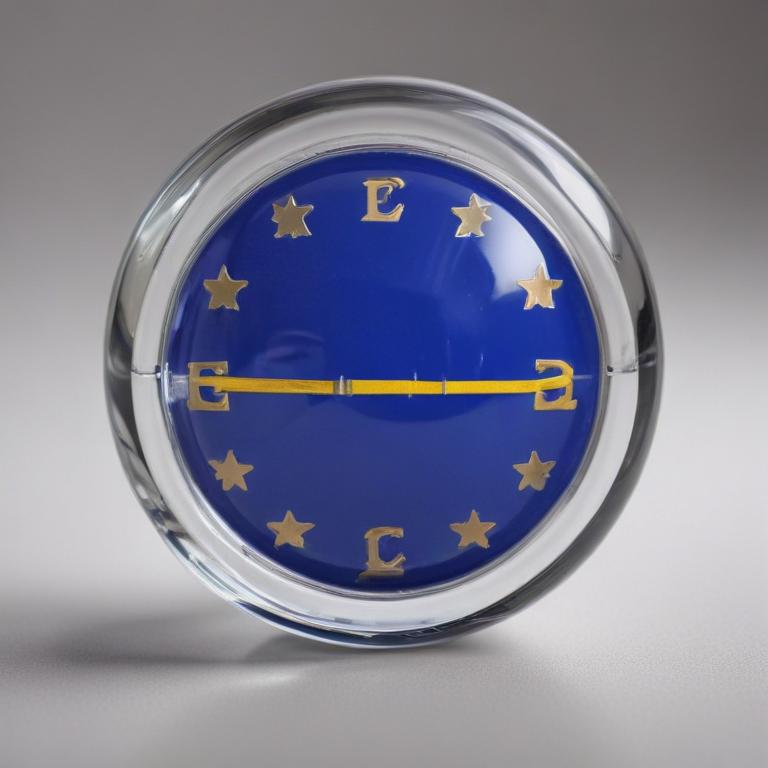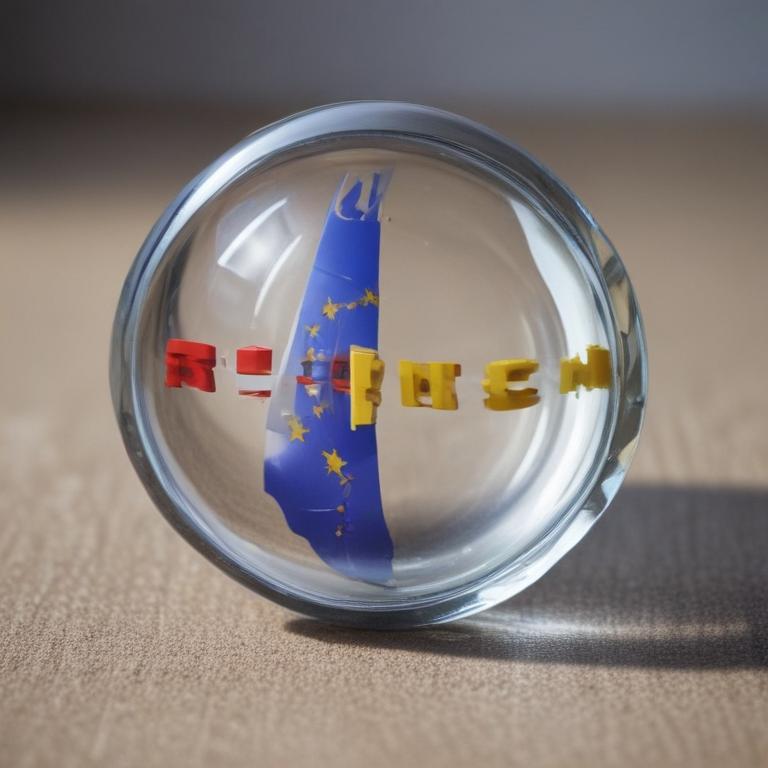发音 (Pronunciation):
IPA: /ˌjʊrəˈpiːən/
中文近似: 油若皮恩
中文意思与词性 (Meanings & Part of Speech):
- 欧洲的,来自欧洲的 (adj.)
- 欧洲人 (n.)
例句 (Examples):
1. She enjoys European art and culture.
(她喜欢欧洲的艺术和文化。)
2. He is a European from France.
(他是一位来自法国的欧洲人。)
用法提示 (Usage Tip):
European 作形容词时首字母要大写,指“欧洲的”;作名词表示“欧洲人”。不要与 Europe(欧洲,专有名词,地名)混淆。
更多关于 "european" (More about "european")
单词来源 (Etymology)
‘European’ 源自拉丁语 ‘Europa’,最初指希腊神话中的欧罗巴,后来泛指欧洲大陆。‘-an’ 为形容词和名词后缀,表示“属于…的人”或“相关的”。
词根词缀解析 (Root & Affix Analysis)
词根 Europe(欧洲),加形容词/名词后缀 -an,表示“属于欧洲的”或“欧洲人”。这是一个派生词。
“european”的字母与词根个性化解读
字母象形/引申义 (个性化参考)
- 字母 'e' 的象形或引申含义可能包括: 眼睛 (窗户符号引申); 向外 (ex-变体); 元音互换: A=E=I=O=U=W=Y。
- 字母 'u' 的象形或引申含义可能包括: 中空 -> 容器 -> 用具 -> 使用; 音变: U=V=W; U=A=E=I=O=Y。
- 字母 'r' 的象形或引申含义可能包括: 直立, 向上 (字母R形); 走, 跑 (R象形人); 弯曲 (舌头卷曲); 音变: R=L=M=N。
- 字母 'o' 的象形或引申含义可能包括: 眼睛/嘴 (圆形) -> 张开, 转动; 圆柱; 音变: A=E=I=O=U=W=Y。
- 字母 'p' 的象形或引申含义可能包括: 手/脚 (P=F); 手掌 -> 平; 棒子 (P=B); 音变: P=B=M=F=V。
- 字母 'a' 的象形或引申含义可能包括: 牛角 (象形: 牛头, 力量, 能力); 下面宽上面尖 (形状) -> 延伸, 远处, 高处, 方向, 指示。
- 字母 'n' 的象形或引申含义可能包括: 水 (M=N); 鼻音 (nose); 突出/生长/新生; 门 -> 否定 (no, not); 连接; 音变: N=M=L=R。
学习提示:以上针对单词 european 的字母和词根解读,主要基于提供的特定象形及词根资料。这些提示旨在启发联想,而非绝对定论。更通用的记忆规则和原则请参考首页。英语词源复杂多变,实际应用中请结合更全面的词源词典和语言学知识进行深入学习。
常用词组 (Common Phrases)
- European Union: 欧洲联盟
- European culture: 欧洲文化
其他语言 (Other Languages)
- 德语: europäisch / Europäer
- 法语: européen / européenne
字母整体创意联想
单词 european 的结尾 “ean” 可以想象成来自四面八方的人在一起,代表欧洲多样的民族融合;而 e-u-r-o-p-e 六个字母就像‘Europe’本身,加上后面的‘an’表示“(来自…的)人”。
逐字母创意解读
中文谐音助记
“油落 (欧罗) 皮恩”谐音“欧洲的皮恩”,联想“欧洲的人皮肤偏白”,帮助记忆“european=欧洲人/欧洲的”。
相关电影/名言
"Being European is not just about where you were born, it's about a set of values."
(成为欧洲人不仅仅是出生地,更关乎于一系列的价值观。)
- 《欧洲速递》(2018)
趣味知识/故事
‘Europe’(欧洲)的名字起源于希腊神话中的美女欧罗巴 (Europa)。传说中,宙斯变成一头公牛把她带到克里特岛,这一故事也成为‘欧洲’一词的来源。‘European’ 通过 Europa(欧洲) + -an(与……相关的人/事物)形成,用来指代欧洲的人或事物。欧洲各国语言里的‘欧洲’与‘欧洲人’的说法都与这个神话密切相关。
拓展信息
‘European’ 既可以作为形容词,又可以作为名词。形容词时修饰物品(如 European car),名词时指人(如 He is a European)。
在许多国际场合,European 强调的是欧洲国家的整体或其共同特质,例如 European cuisine(欧洲菜系),也用来在世界不同地区中做比较。
注意,European 不用于指代欧盟成员资格(比如‘EU citizen’特指欧盟成员国公民)。
网络参考 (More about "european" from the Web)
European Union - Wikipedia
The European Union (EU) is a supranational political and economic union of 27 member states that are located primarily in Europe. [9] [10] The union has a total area of 4,233,255 km 2 (1,634,469 sq mi) and an estimated population of over 449 million as of 2024.The EU is often described as a sui generis political entity combining characteristics of both a federation and a confederation.
Your gateway to the EU, News, Highlights | European Union
This year's European Charlemagne Youth Prize has been awarded to a Hungarian platform, Forum Europaeum, that promotes European identity, values, and unity. The second prize went to a Czech project encouraging young people's vote and the third, to German legal support for discriminated people.
Europe | History, Countries, Map, & Facts | Britannica
Europe is the second smallest of the world's continents, composed of the westward-projecting peninsulas of Eurasia (the great landmass that it shares with Asia). It occupies nearly one-fifteenth of the world's total land area. The long processes of history marked it off as the home of a distinctive civilization.
更多图片 (european More Images)

